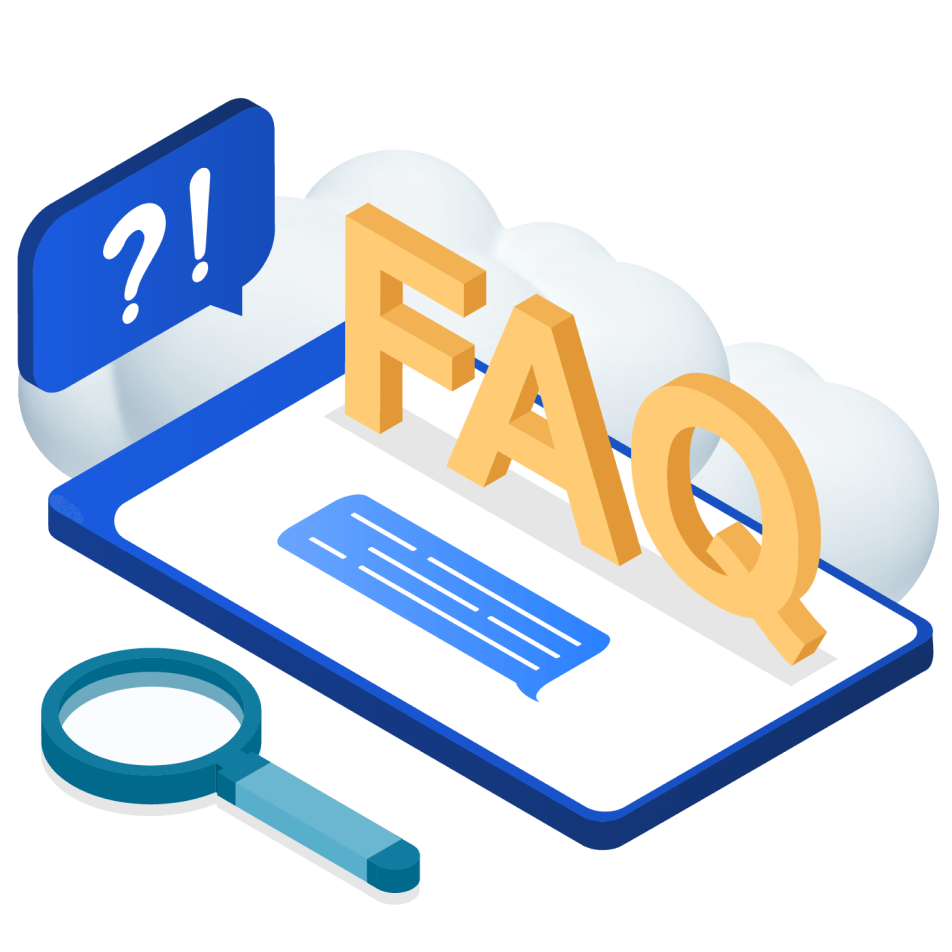- Gen AI Services
- Chatbot powered by LLM
AI-Powered Chatbot Solutions: Leveraging LLM for Enhanced Customer Interaction
- At BIITS, we are transforming customer interactions with our Chatbot powered by Large Language Models (LLMs). This cutting-edge AI-driven solution is designed to enhance engagement, streamline operations, and provide exceptional support.
- Our LLM-powered Chatbot offers sophisticated, human-like interactions, delivering accurate responses to customer inquiries across various channels, including web, mobile, and social media. With 24/7 availability, it ensures timely assistance, improving user satisfaction and reducing response times.
- The Chatbot leverages advanced natural language processing to personalize interactions based on individual user preferences, providing relevant information and solutions. It also automates data collection and analysis, generating valuable insights to help businesses understand customer needs and optimize service delivery.
- Seamless integration with existing CRM and support systems guarantees consistent and efficient service across all platforms. Designed to continuously evolve, the Chatbot improves over time by learning from interactions, adapting to new trends and user requirements.
- By adopting BIITS’ LLM-powered Chatbot, organizations can enhance customer engagement, reduce operational costs, gain strategic insights, and ensure uniform, high-quality support, ultimately driving business success.
Benefits of choosing BIITS for your Chatbot powered by LLM services
Human-Like Interactions: Experience conversations that feel natural and intuitive, as our LLM-powered chatbot understands and responds with human-like accuracy.
24/7 Availability: Provide continuous support to your customers without downtime, ensuring queries are handled promptly and efficiently at any time of day.
Customizable Solutions: Tailor the chatbot to your specific business needs, allowing for personalized interactions that align with your brand’s voice and goals.

Continuous Learning: Benefit from a chatbot that evolves and improves over time, learning from each interaction to enhance accuracy and user satisfaction.
Seamless Integration: Easily integrate the chatbot into your existing systems and platforms, streamlining operations and providing a unified customer experience.
Frequently Asked Questions
How can an AI chatbot benefit my business?
An AI chatbot can provide 24/7 customer support, handle routine inquiries, assist with sales, and streamline internal processes. This can lead to cost savings, improved customer satisfaction, and increased efficiency.
What industries can benefit most from AI chatbots?
The first thing to consider is that the word “data lake” will not usually be used to characterize a specific product or service, but rather an approach to the design of big data that can be summarized as store now, analyze later. In other words, we would use a data lake to store unstructured or semi-structured data in its original form, in a single repository that serves multiple analytical use cases or services, unlike the traditional data warehouse approach, which involves imposing a structured, tabular format on the data when it is ingested.
Which OpenAI model should I choose for my chatbot?
The first thing to consider is that the word “data lake” will not usually be used to characterize a specific product or service, but rather an approach to the design of big data that can be summarized as store now, analyze later. In other words, we would use a data lake to store unstructured or semi-structured data in its original form, in a single repository that serves multiple analytical use cases or services, unlike the traditional data warehouse approach, which involves imposing a structured, tabular format on the data when it is ingested.

Need help with UI Designing?
